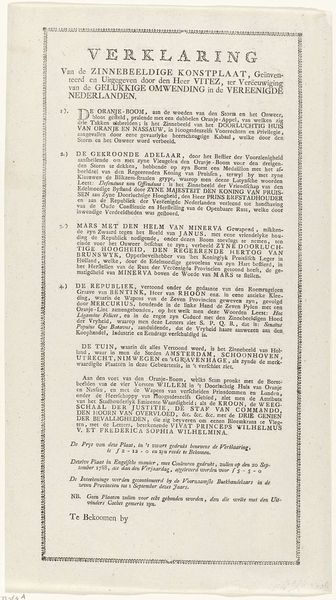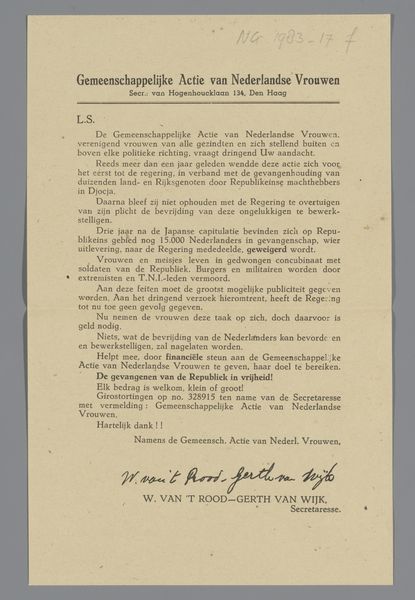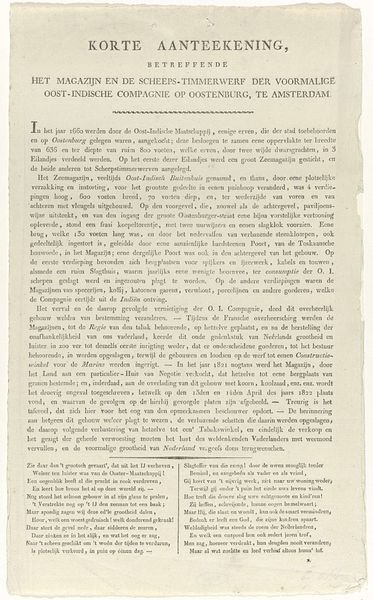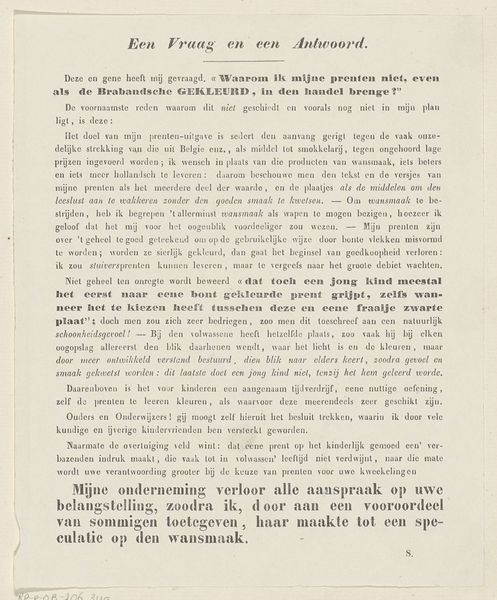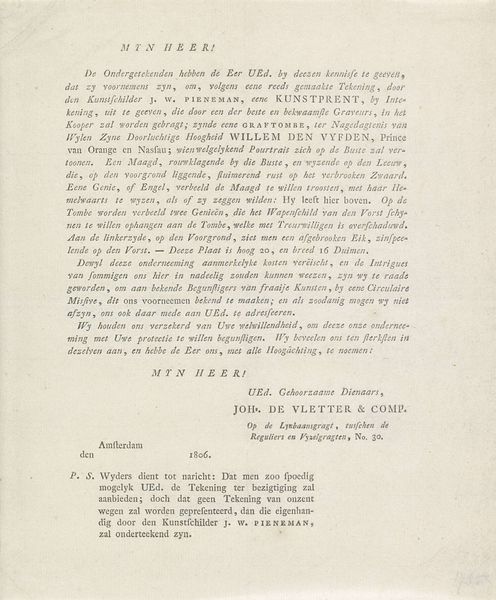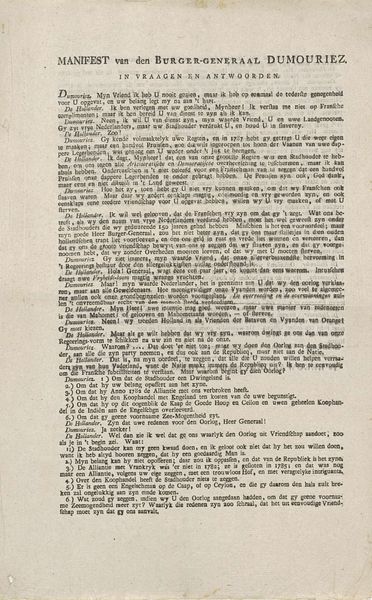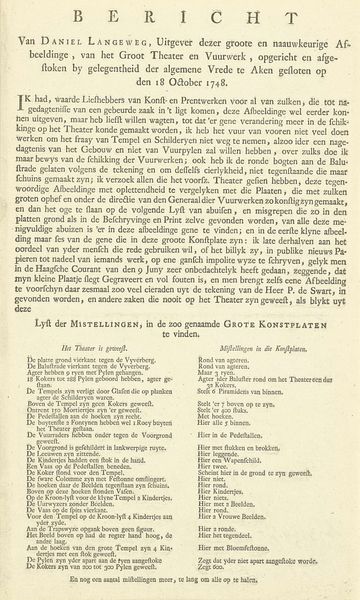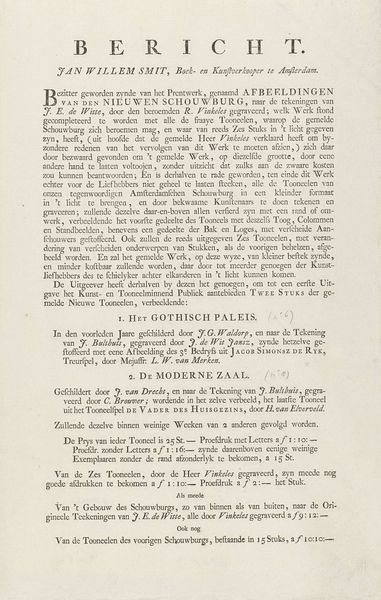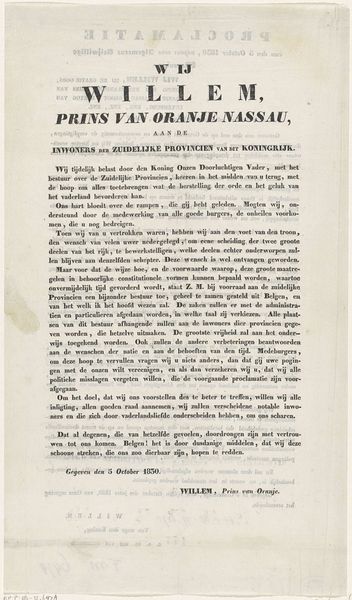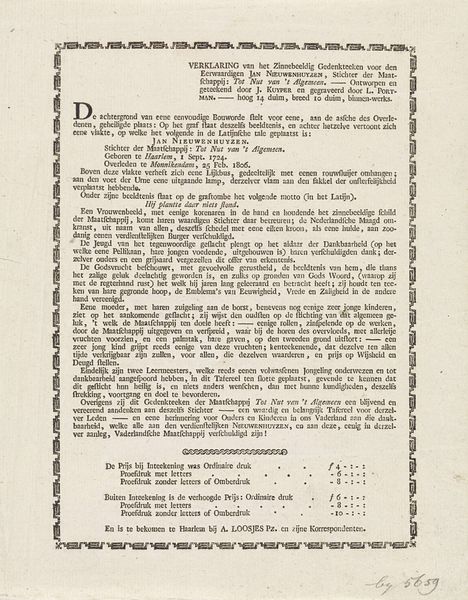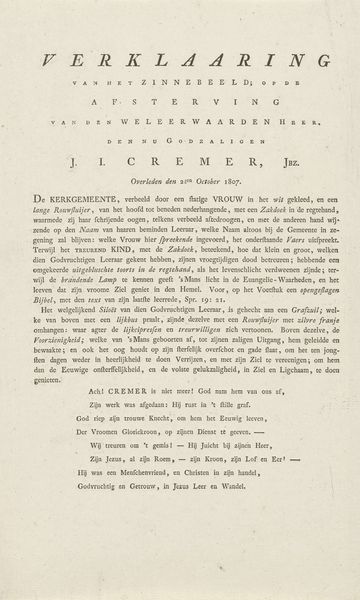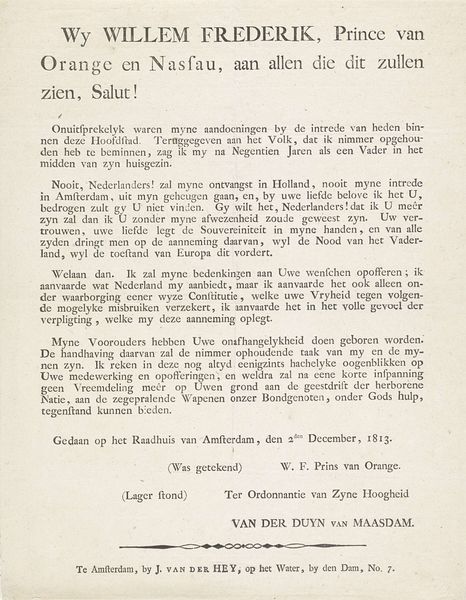
Legenda bij de plattegrond van de grafkelder van Oranje-Nassau, 1844 1844
0:00
0:00
graphic-art, print
#
graphic-art
# print
Dimensions: height 145 mm, width 94 mm
Copyright: Rijks Museum: Open Domain
This is Koenraad Fuhri's "Legend for the map of the Orange-Nassau burial vault," created in 1844. It presents an overview of the crypt, revealing the spatial arrangement of the remains of the Dutch Royal Family. Consider the tomb itself as a symbol. In nearly every culture, tombs are central to ritual and memory, becoming a stage for performing respect and mourning. We find examples of monumental tombs throughout history, from the pyramids of Egypt to the mausoleums of Rome. These structures are a physical manifestation of humanity's attempt to transcend mortality. What is it about our shared human experience that leads us to construct such elaborate monuments? Perhaps it reflects a primal desire to defy oblivion, to leave an indelible mark on the world. This impulse echoes through time, a recurring motif in the theater of human existence. This map is but one act in an ongoing cultural drama.
Comments
No comments
Be the first to comment and join the conversation on the ultimate creative platform.
